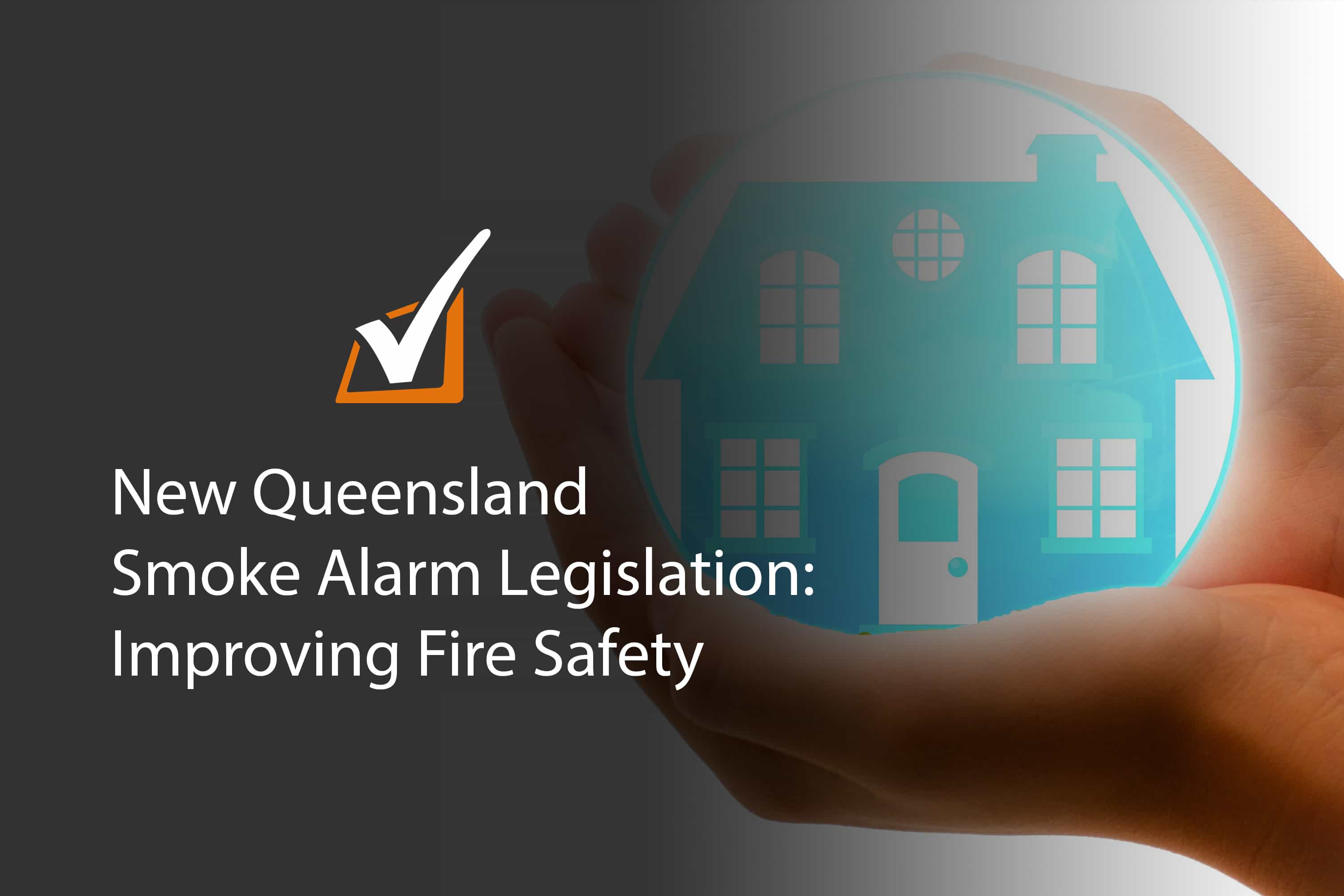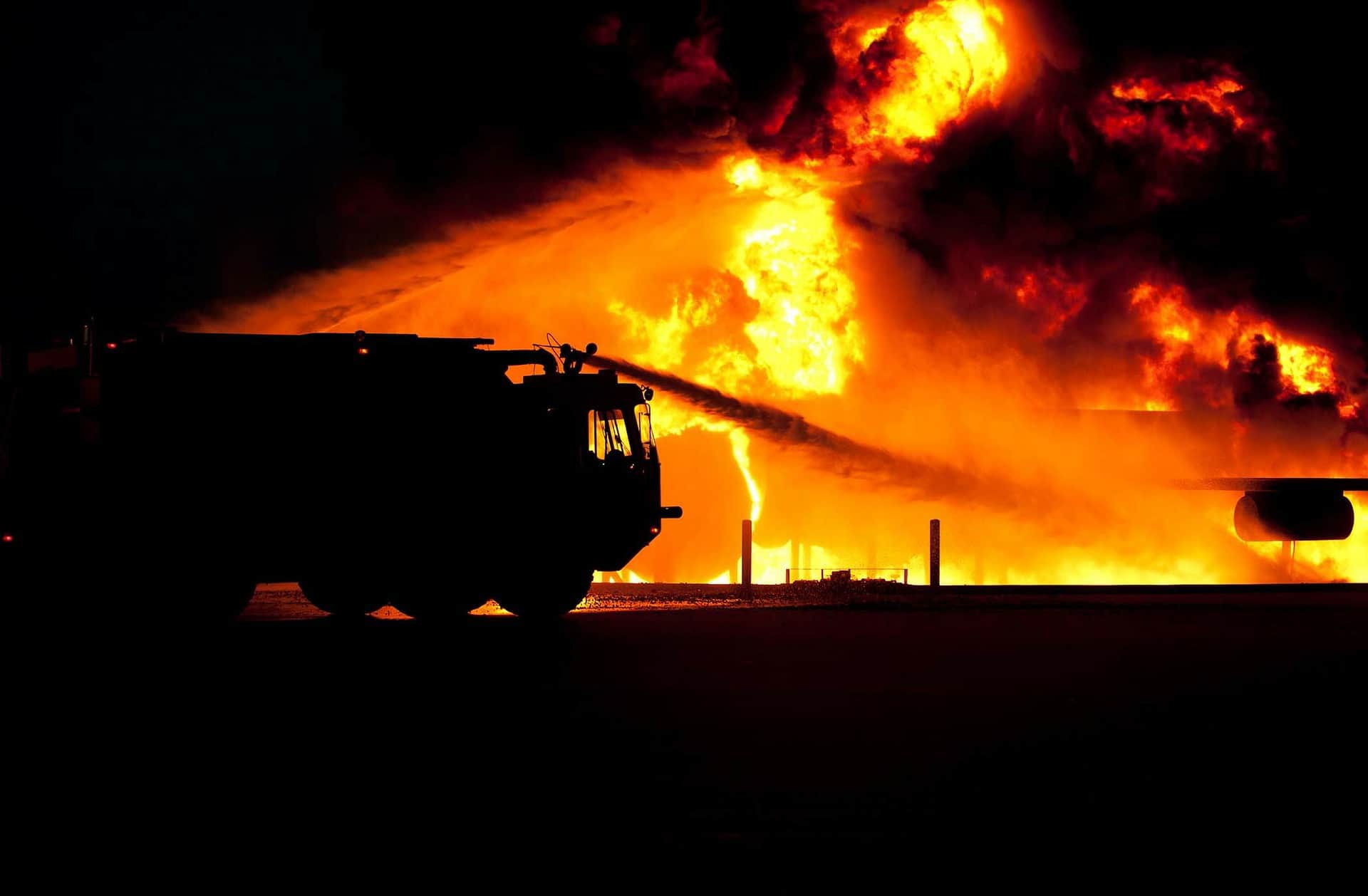January 1, 2017, marked the beginning of tougher Queensland Smoke Alarm regulations in a move to raise fire safety in the entire state. The new Queensland Smoke Alarm Legislation means changes in the placement of smoke alarms, type of smoke alarm technology, and Queensland Smoke Alarm requirements for properties depending on their use.
The safety benefits that the new laws will overpower the extra effort they entail. The gradual implementation of the new Queensland Smoke Alarm legislation also gives homeowners and property managers more time to transition and adapt to the new standards.
The reason behind the new Queensland Smoke Alarm legislation
For more than a decade, over 150 lives were lost to home fire emergencies. Among the incidents, the most fatal of them all took place in 2011, where 11 people died, including children below the age of 10.
Investigations found that the alarm system in the dwelling of the victims did not provide them with a faster, earlier warning of the smouldering fire. When the residents found out about the fire, it was already too late. Heavy smoke already filled the dwelling, which made it impossible for them to exit the burning house. If only they were warned before it was too late to escape, they would have had a fighting chance at life and survival.
Queensland and the whole country mourned the lost. More than that, it began the clamour for more stringent rules governing the use of smoke alarms in the home. The government reviewed the existing laws, and after much investigation and research came to a decision to include changes to the legislation. The end goal is to ensure that the fatal fire incidents that took place in the past will never happen again. Ultimately, it aims to protect every resident in Queensland.
What are the changes to the Queensland Smoke Alarm legislation?
Depending on your use of property, time frames of implementation will vary. Properties for rent/sale have until January 1, 2022, to comply with the new rules. However, all new alarms that will go into the property starting January 1, 2017, must be photoelectric and meet the Australian Standard 3786:2014.
Existing properties, on the other hand, have until January 1, 2027, to align with the new Queensland Smoke Alarm legislation, but all new smoke alarms to be installed starting January 1, 2017, must be photoelectric smoke detectors and meet the Australian Standard 3786:2014
Substantial renovation applications that are submitted on or after January 1, 2017, will require a smoke detector to be installed in each bedroom of the dwelling.
This gradual implementation gives homeowners a choice: To comply with the alarms that they already have in place or to start meeting the new legislation requirements sooner rather than later to get ahead of the market. Complying sooner will not only give you a strong head start but will also make the property more attractive to safety-conscious tenants.
Interconnected, photoelectric smoke alarms
The use of photoelectric smoke alarms is an important feature of the new Queensland Smoke Alarm laws. Unlike ionisation alarms, the photoelectric type provides faster and earlier warning to residents, giving them more time to escape the burning property.
However, the rules are very strict with the features of the photoelectric alarm that must go into every property. Under the new rules, the photoelectric alarm must comply with the Queensland Smoke Alarm requirements of Australian Standard 3786-2014.
The smoke alarms should also have the capacity to be interconnected to ensure that when one alarm goes off, all other alarms within the dwelling will trigger. The feature gives residents a more robust warning system, giving them a fighting chance at survival in the event of a fire.
Placement of smoke alarms
How many smoke alarms must be installed in the home? The new Queensland smoke alarm Legislation requires that smoke alarms must be installed on:
- Each storey:
- In each bedroom; and
- In hallways which connect bedrooms and the rest of the dwelling; or if there is no hallway, between the bedrooms and other parts of the storey; and
- If there are no bedrooms on a storey at least one smoke alarm must be installed in the most likely path of travel to exit the dwelling.
This means that the number of smoke alarms to be installed in the dwelling all depends on the size and structure of the property. The rules are very specific about where exactly to place the alarms. Hence, it is advised to consult compliance experts to ensure that you’re aligned with the mandate of the new laws.
Ensuring a safe neighbourhood
More than being a compliance requirement, the amended Queensland Smoke Alarm legislation is aimed at protecting people’s lives. This change is meant to bring confidence and peace of mind to every resident, so they can rest assured in the knowledge that their neighbourhood is safe, and no family has to suffer similar fatal fires that took place in the past.
Despite the work it entails, compliance with the legislation is ultimately for the well-being of all Queenslanders. The government is doing its best to make every resident understand what the legislation is about and how it will be beneficial to them.
Do you need more information about the new Queensland Smoke Alarm legislation? At Safe Home Services, we are giving free information and advice to help every property owner and property managers in Queensland transition to the new laws the smooth and easy way.
Click a button below, and our experts will be in touch with you shortly!




Leave A Comment